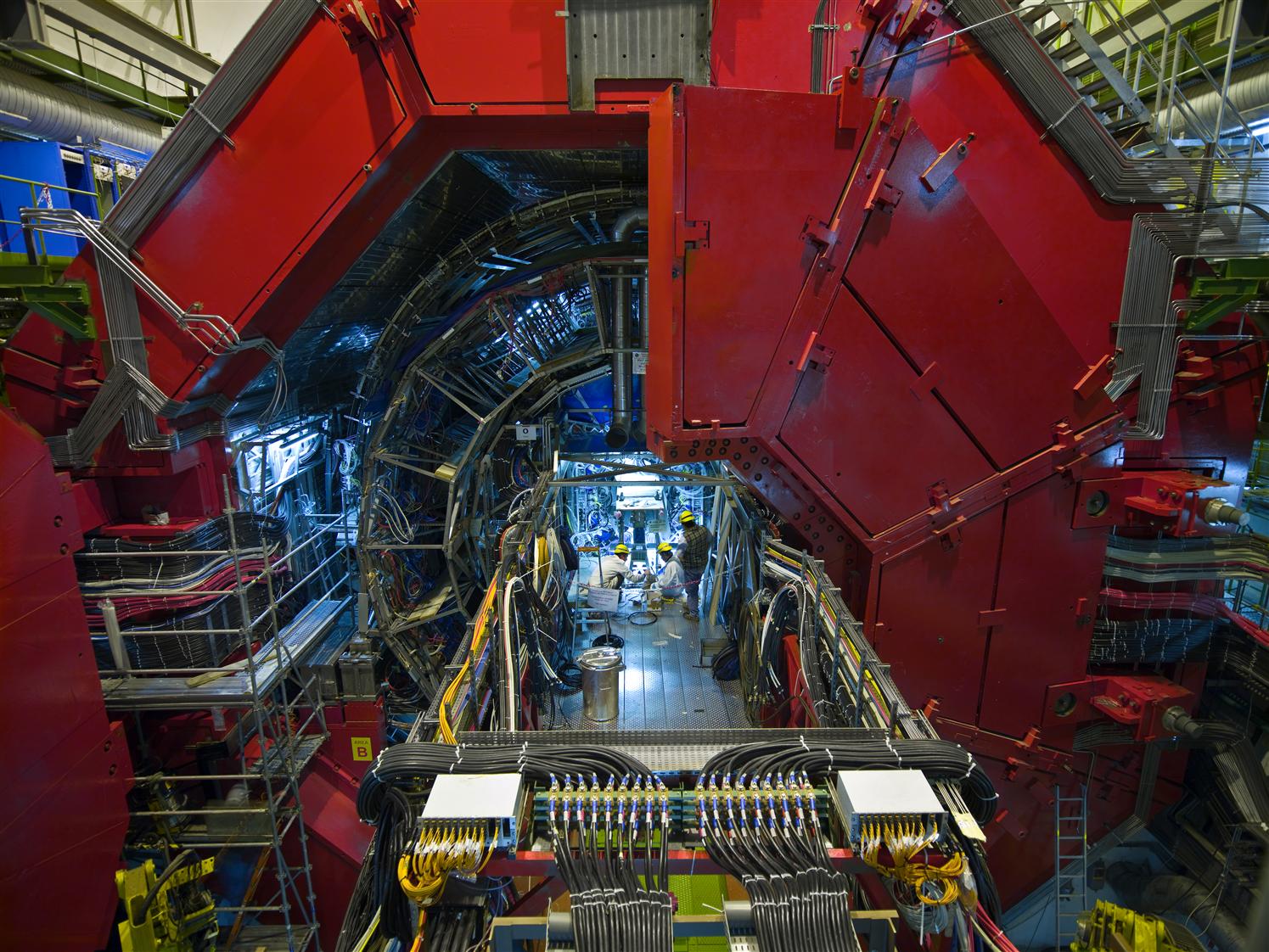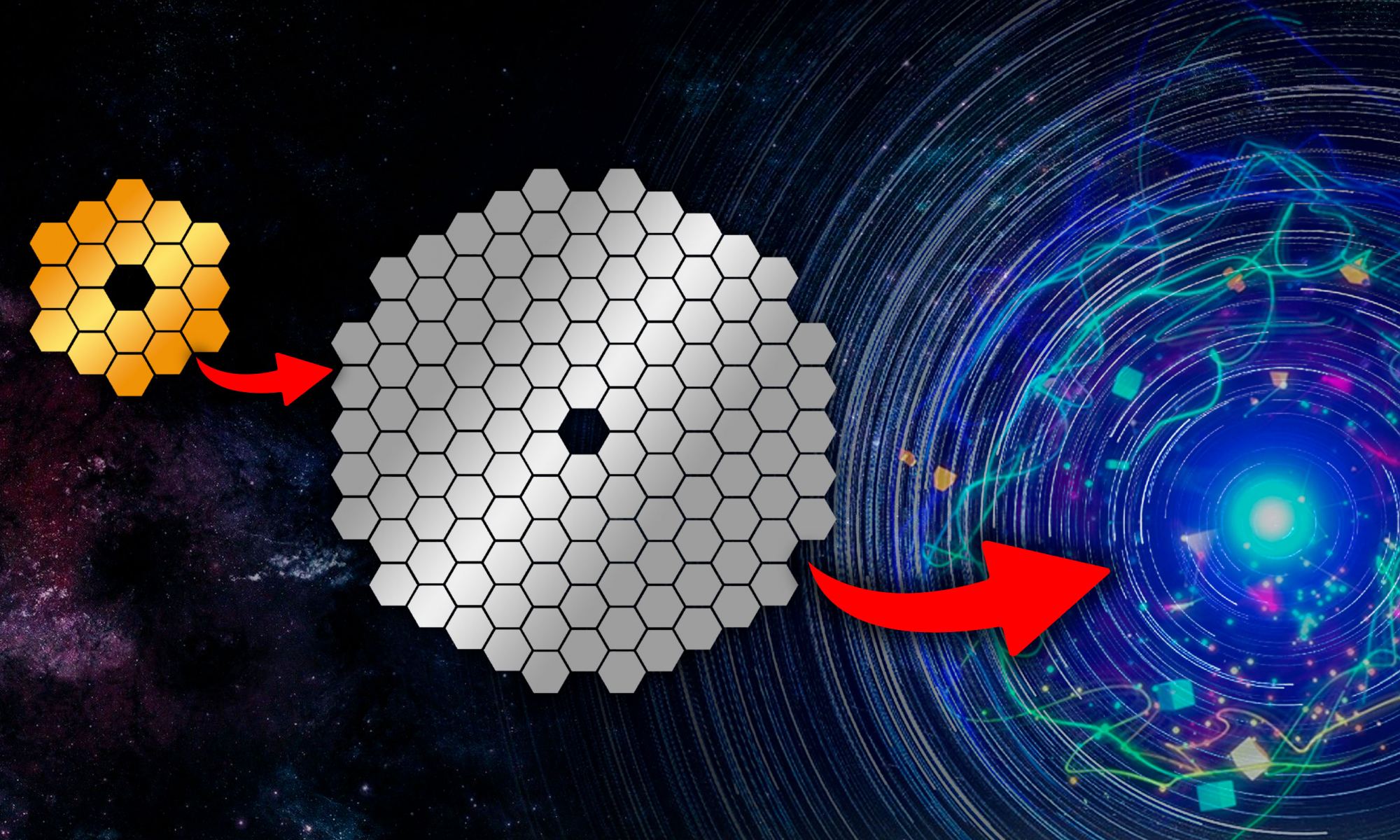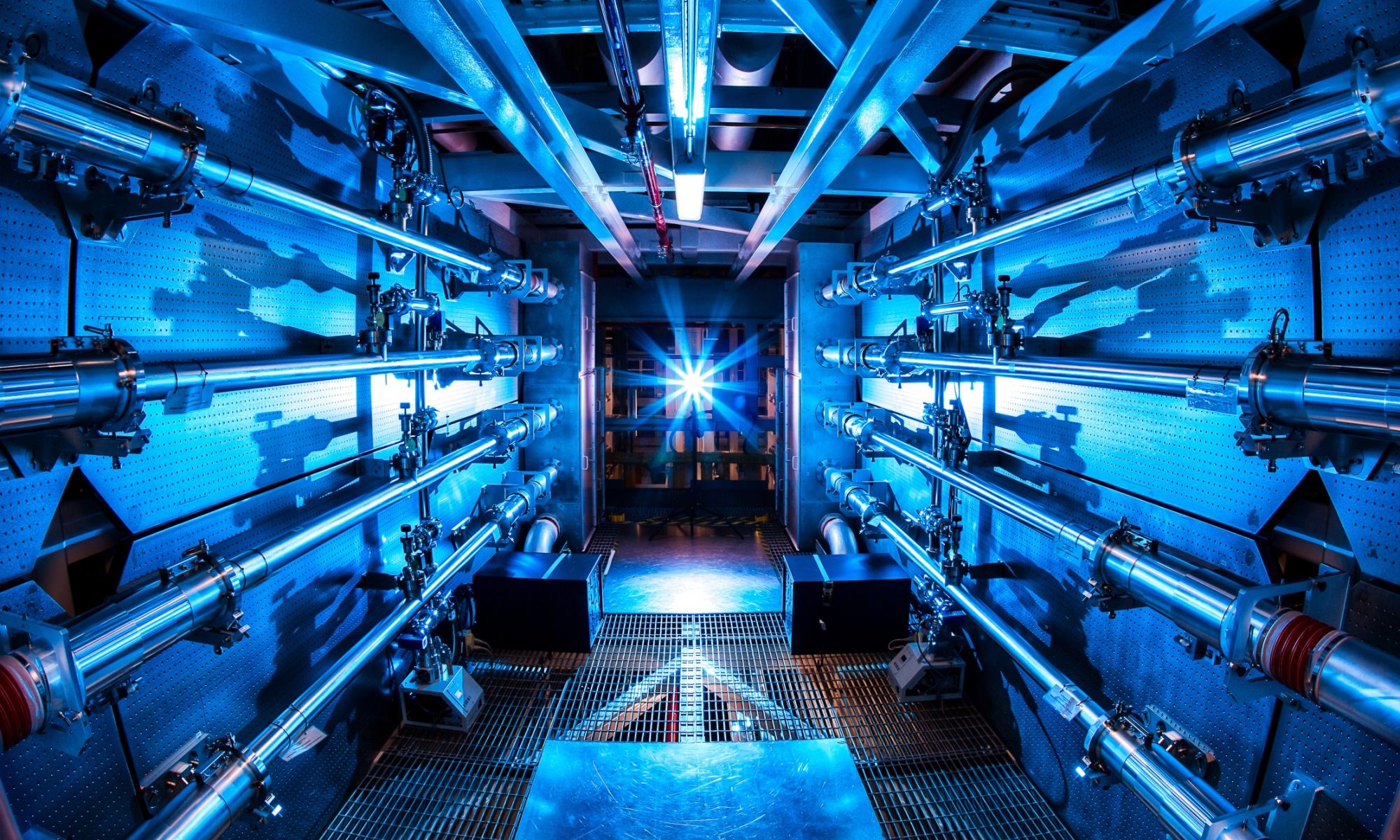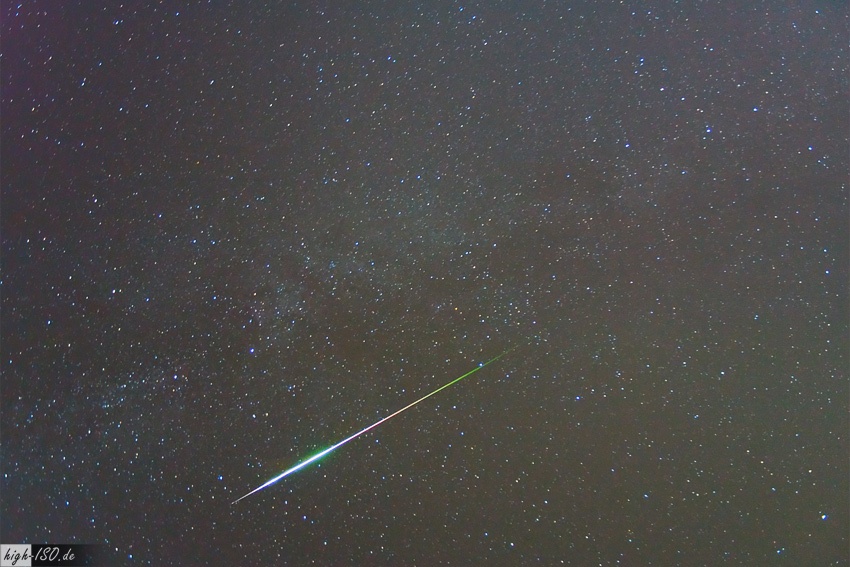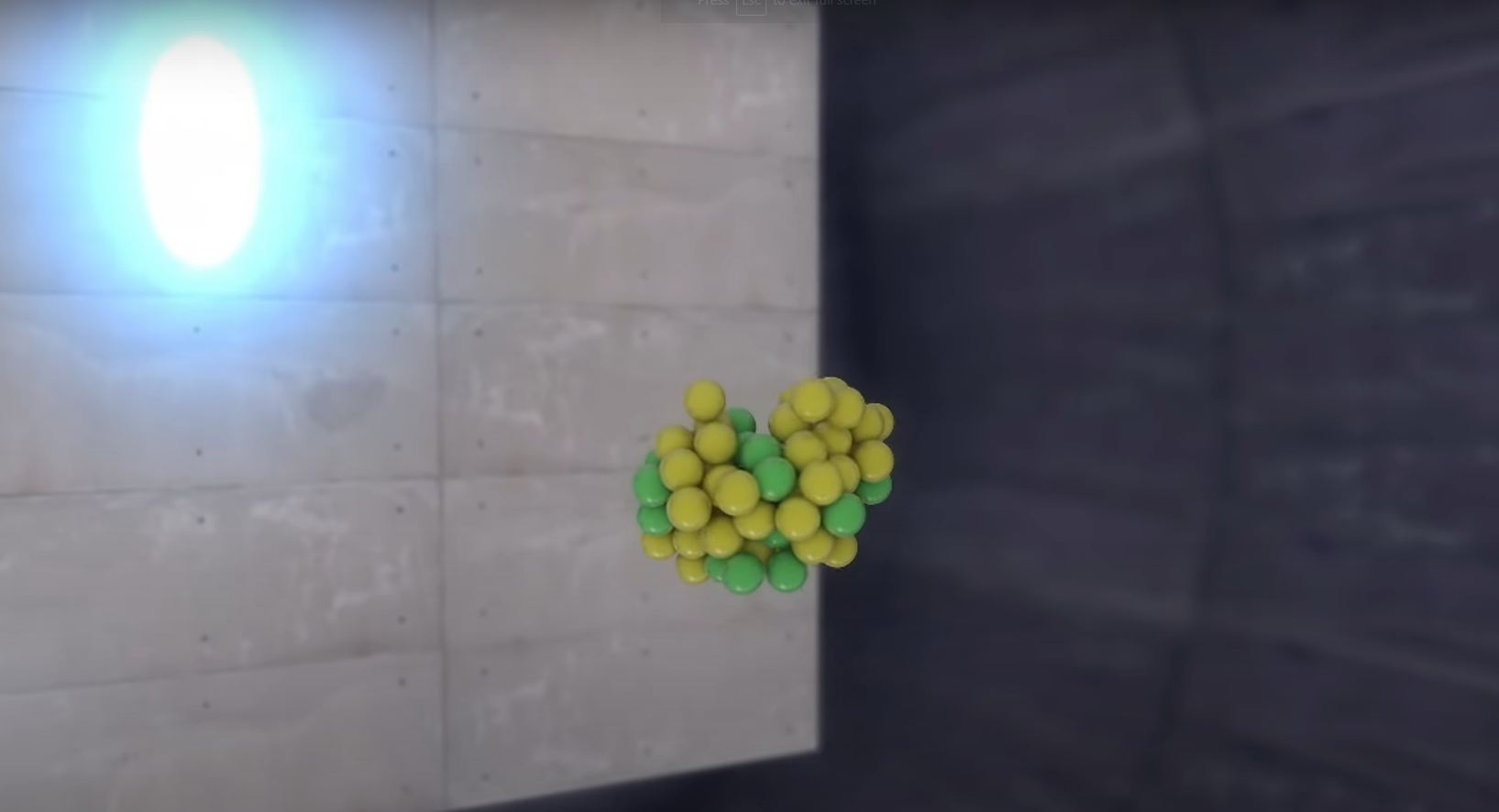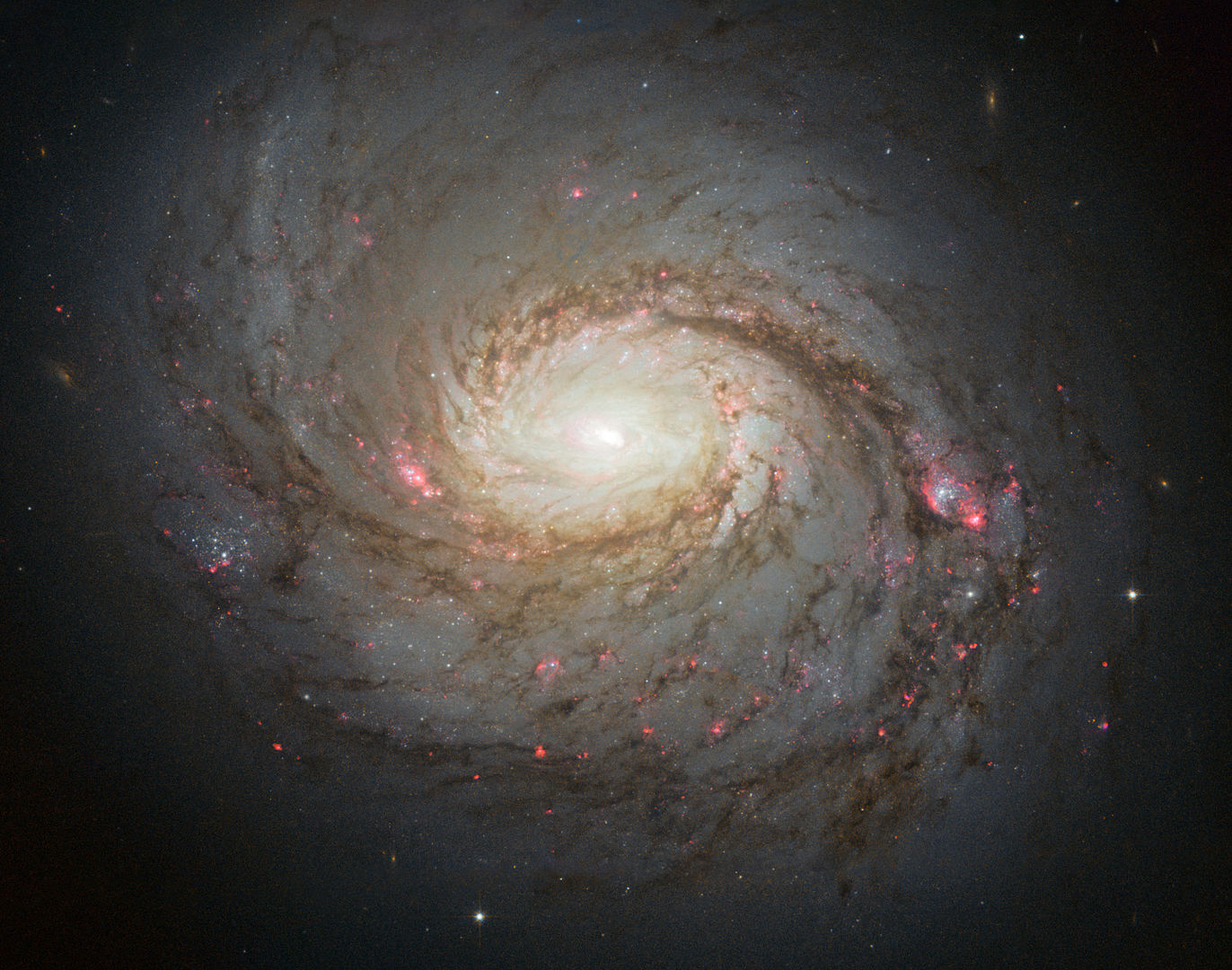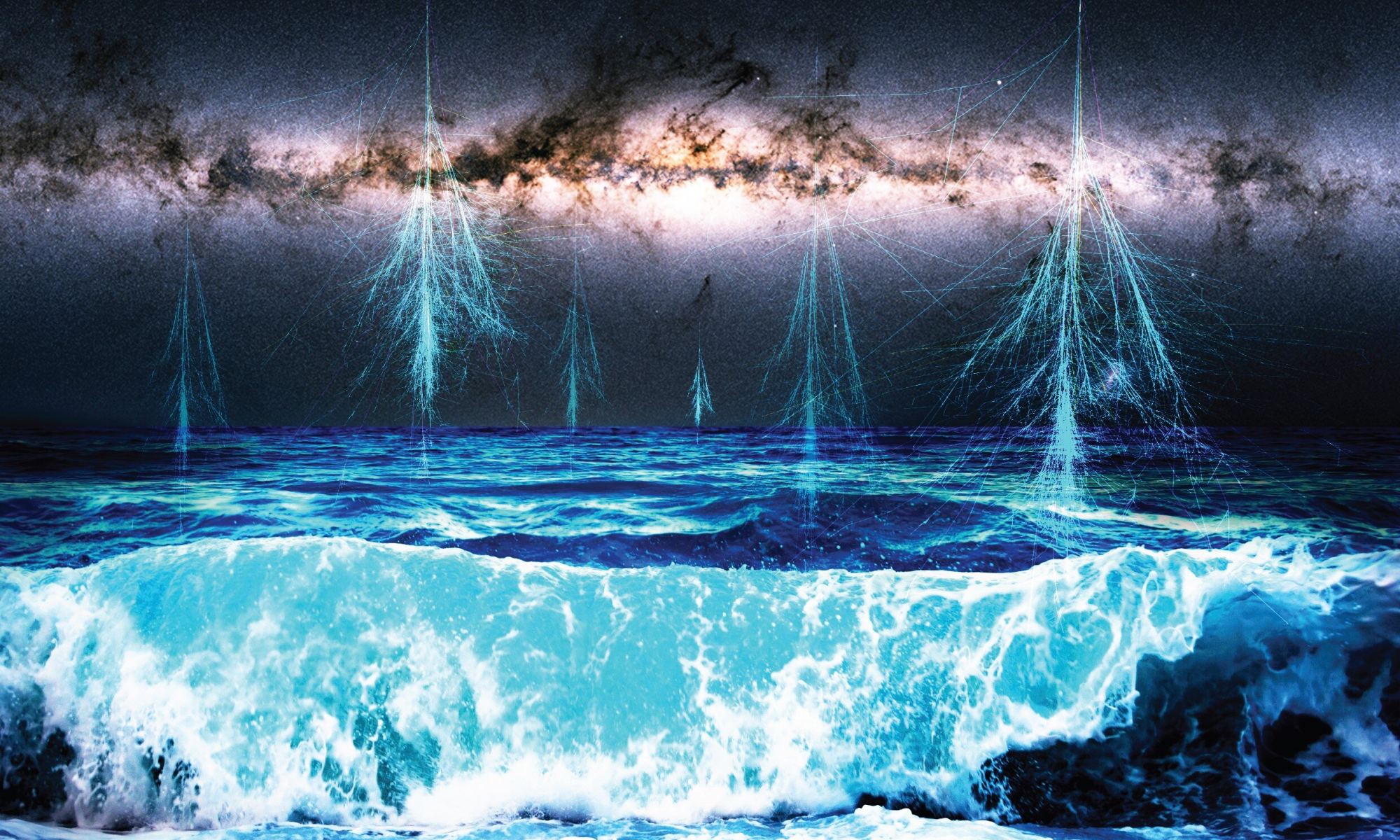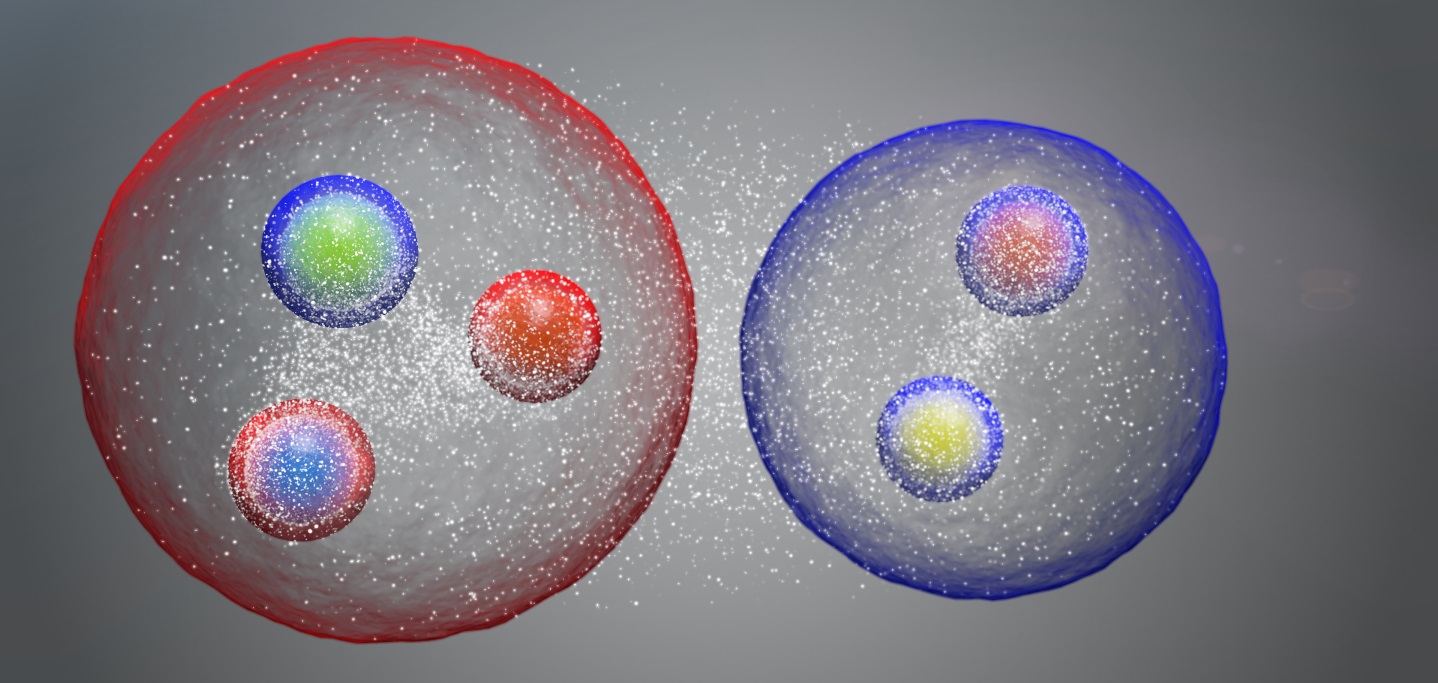Ever since astronomers found that Earth and the Solar System are not unique in the cosmos, humanity has dreamed of the day when we might explore nearby stars and settle extrasolar planets. Unfortunately, the laws of physics impose strict limitations on how fast things can travel in our Universe, otherwise known as Einstein’s General Theory of Relativity. Per this theory, the speed of light is constant and absolute, and objects approaching it will experience an increase in their inertial mass (thereby requiring more mass to accelerate further).
While no object can ever reach or exceed the speed of light, there may be a loophole that allows for Faster-Than-Light (FTL) travel. It’s known as the Alcubierre Warp Metric, which describes a warp field that contracts spacetime in front of a spacecraft and expands it behind. This would allow the spacecraft to effectively travel faster than the speed of light while not violating Relativity or causality. For more than a decade, Dr. Harold “Sonny” White has been investigating this theory in the hopes of bringing it closer to reality.
Previously, Dr. White pursued the development of an Alcubierre Warp Drive with his colleagues at the Advanced Propulsion Physics Research Laboratory (NASA Eagleworks) at NASA’s Johnson Space Center. In 2020, he began working with engineers and scientists at the Limitless Space Institute, a non-profit organization dedicated to education, outreach, research grants, and the development of advanced propulsion methods – which they hope will culminate in the creation of the first warp drive!
Continue reading “The Dream of Faster-than-Light (FTL) Travel: Dr. Harold “Sonny” White and Limitless Space”
